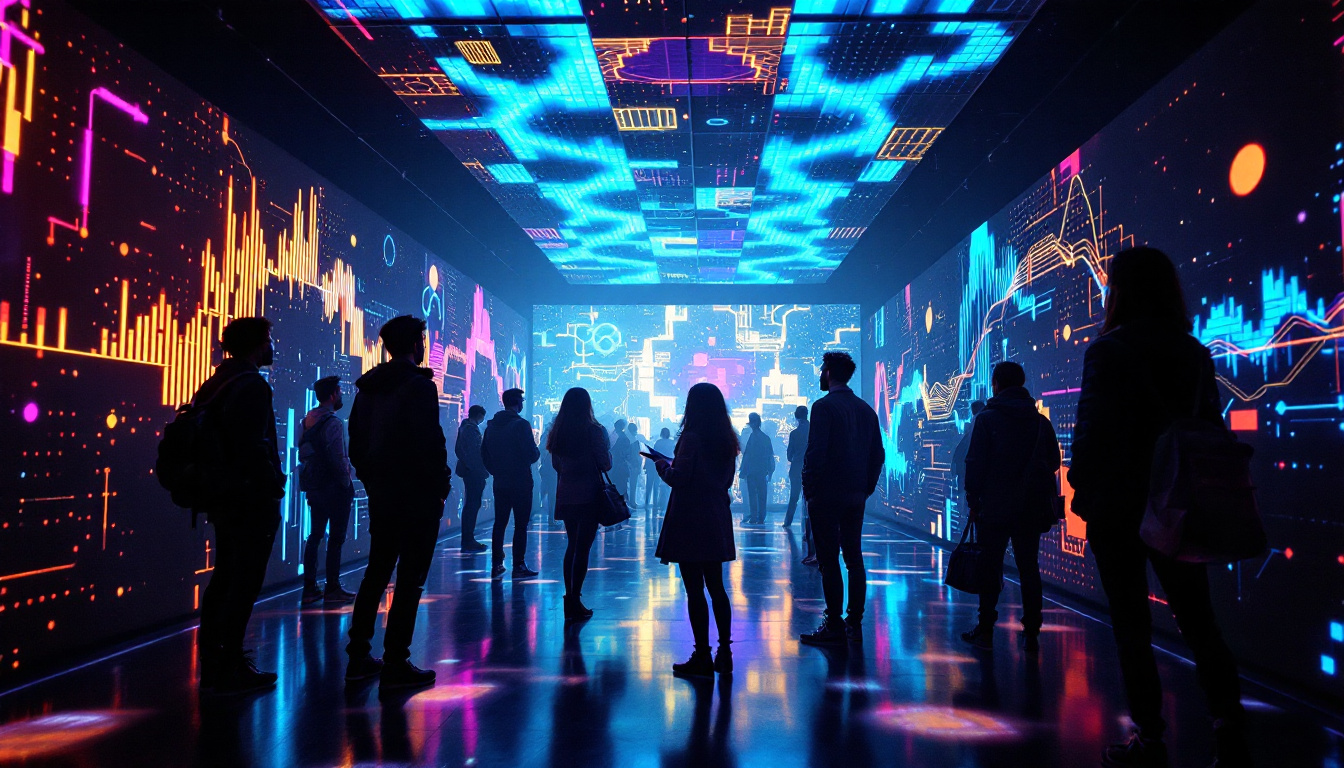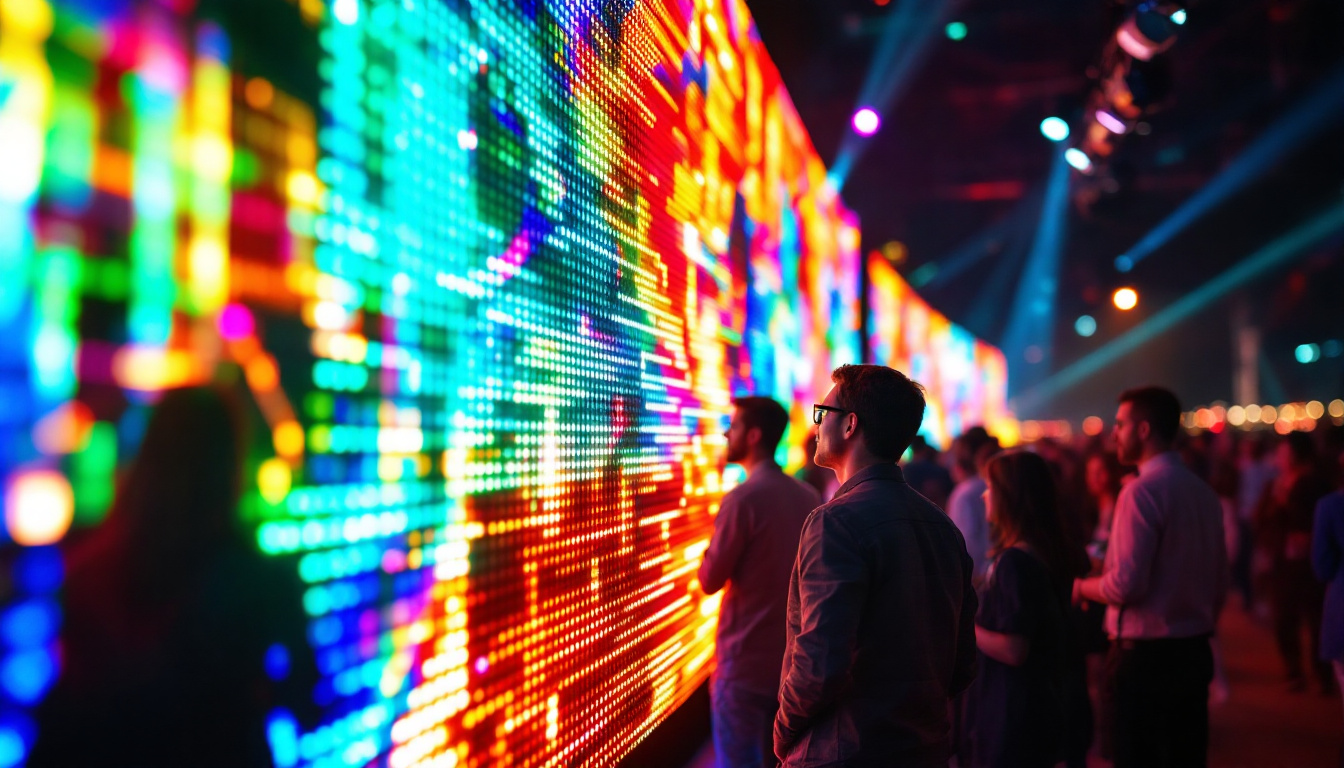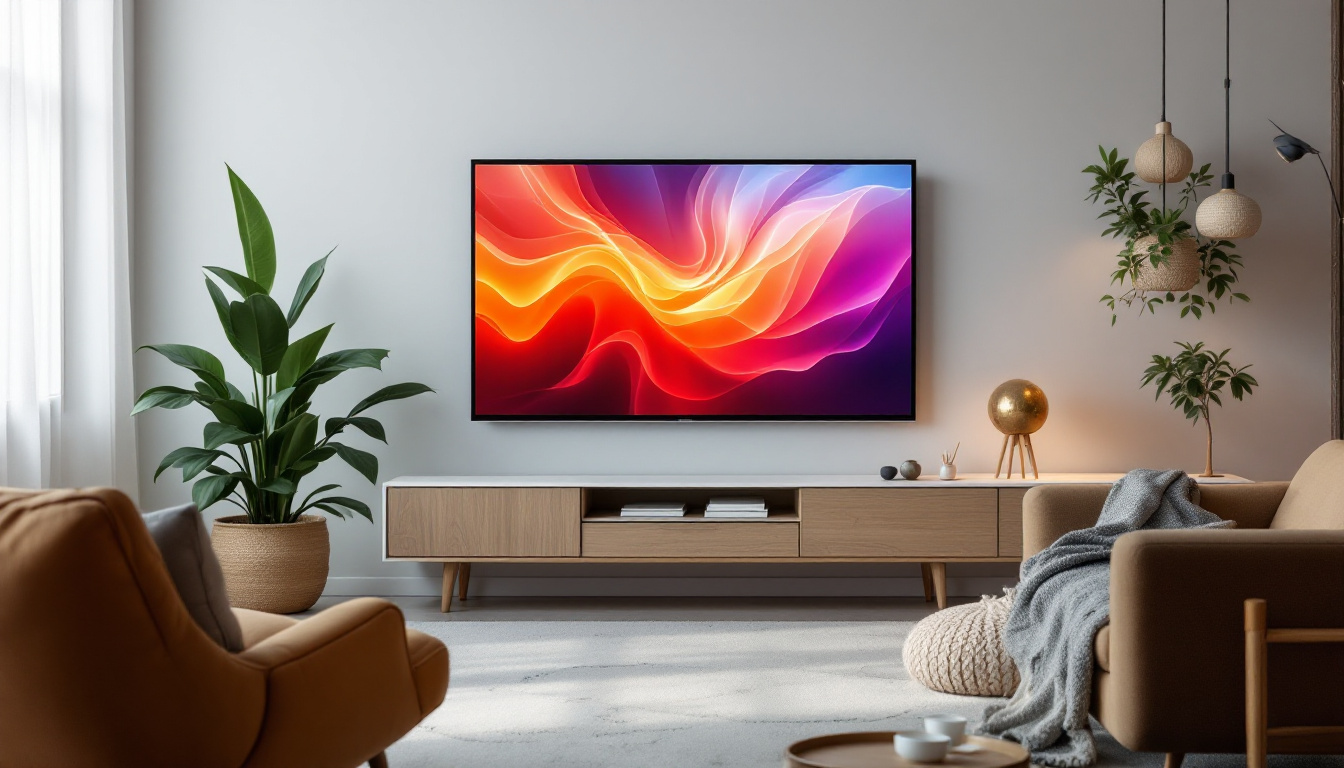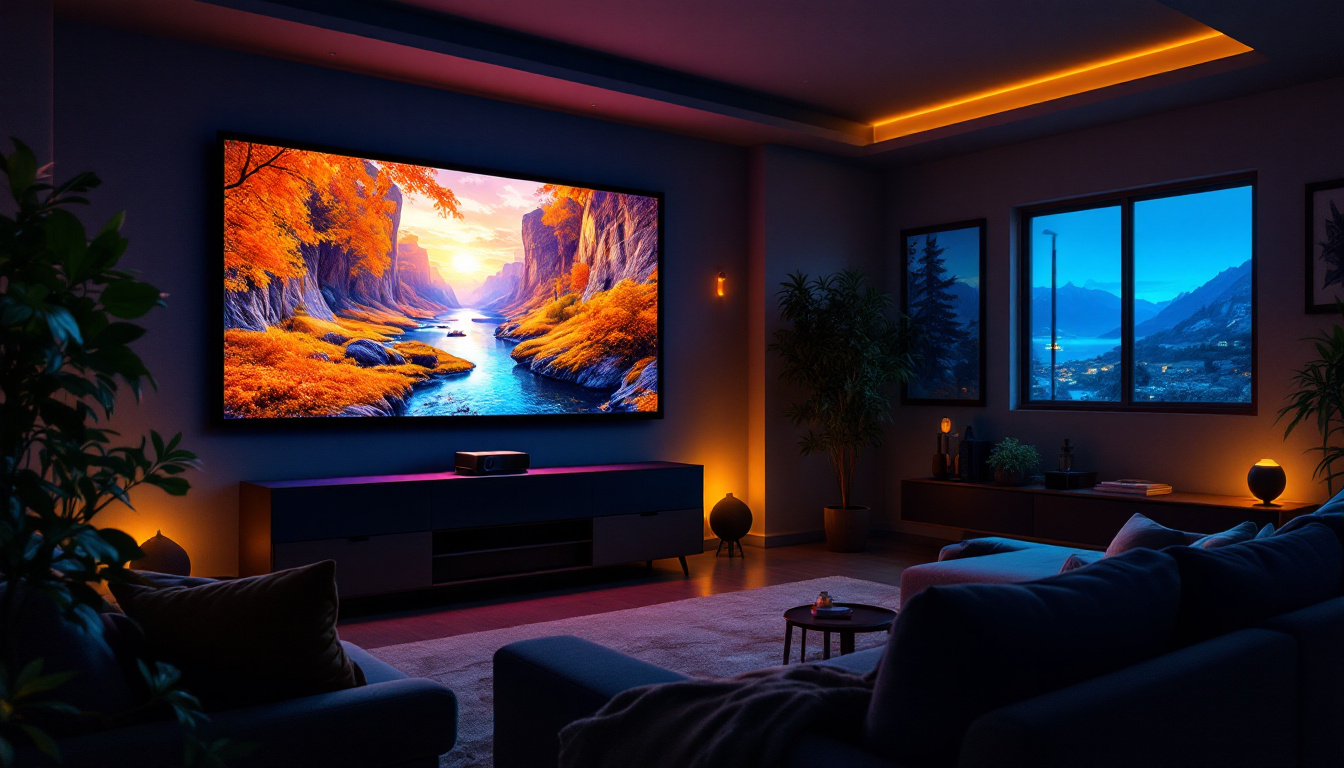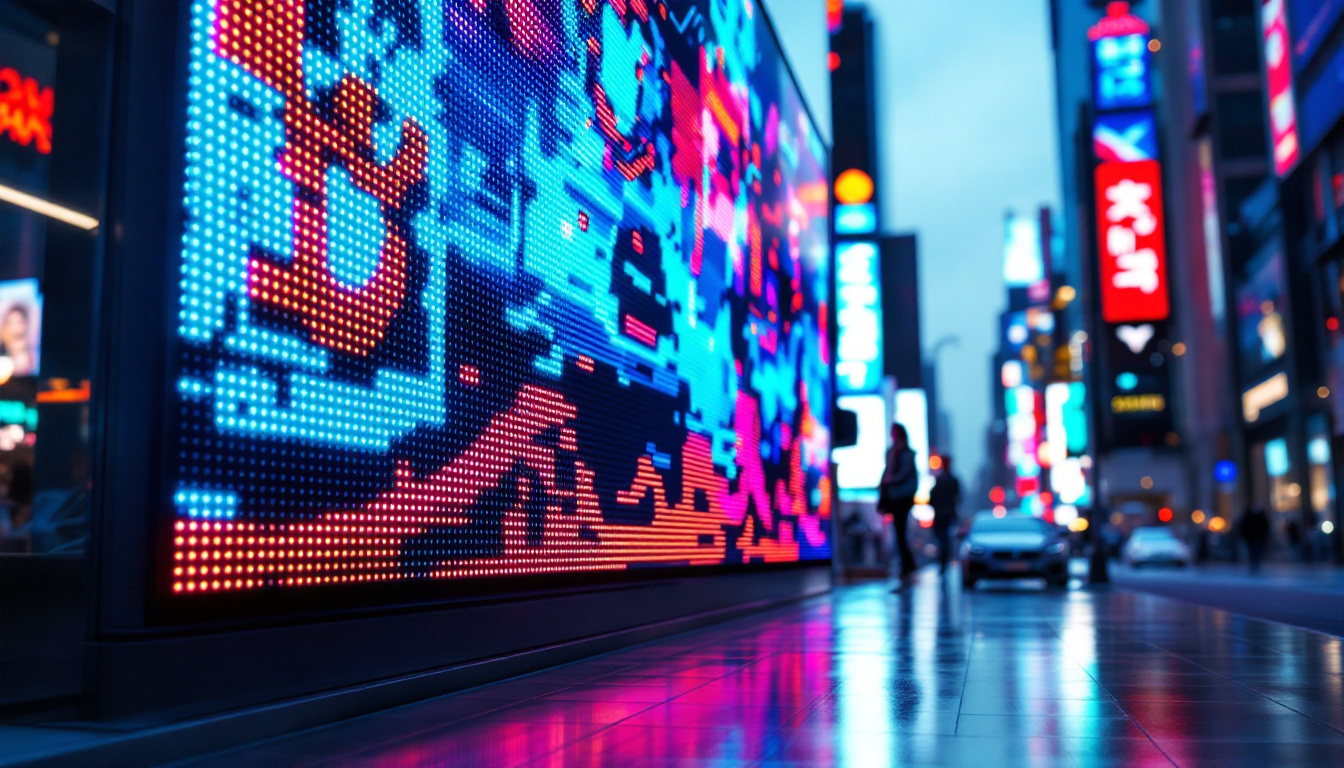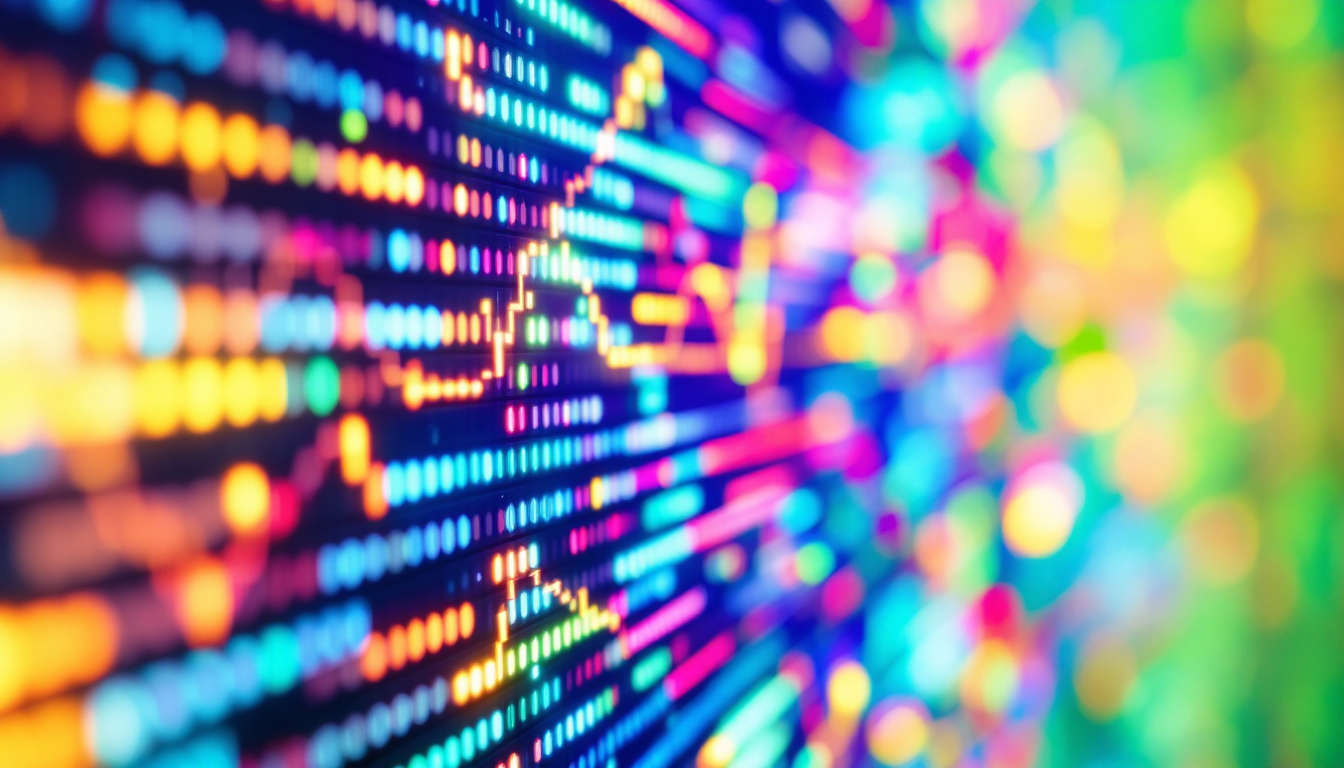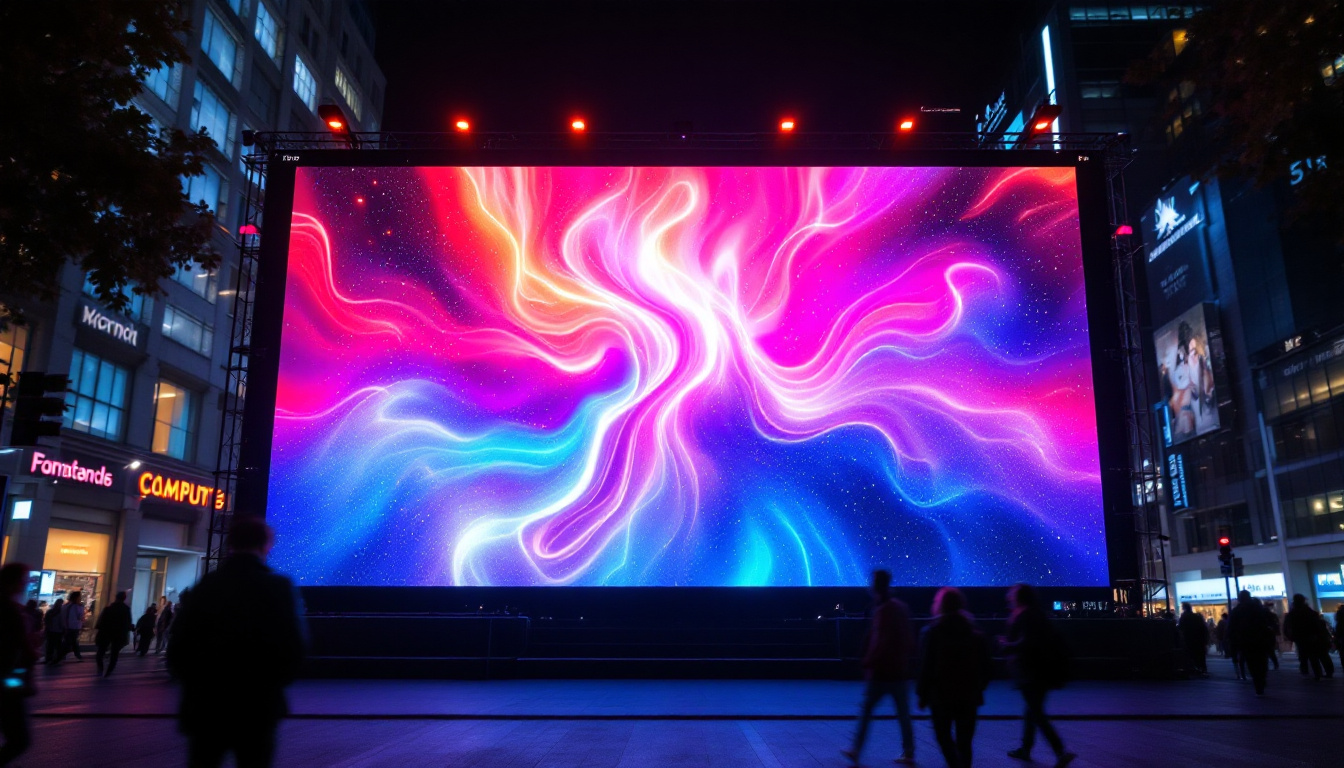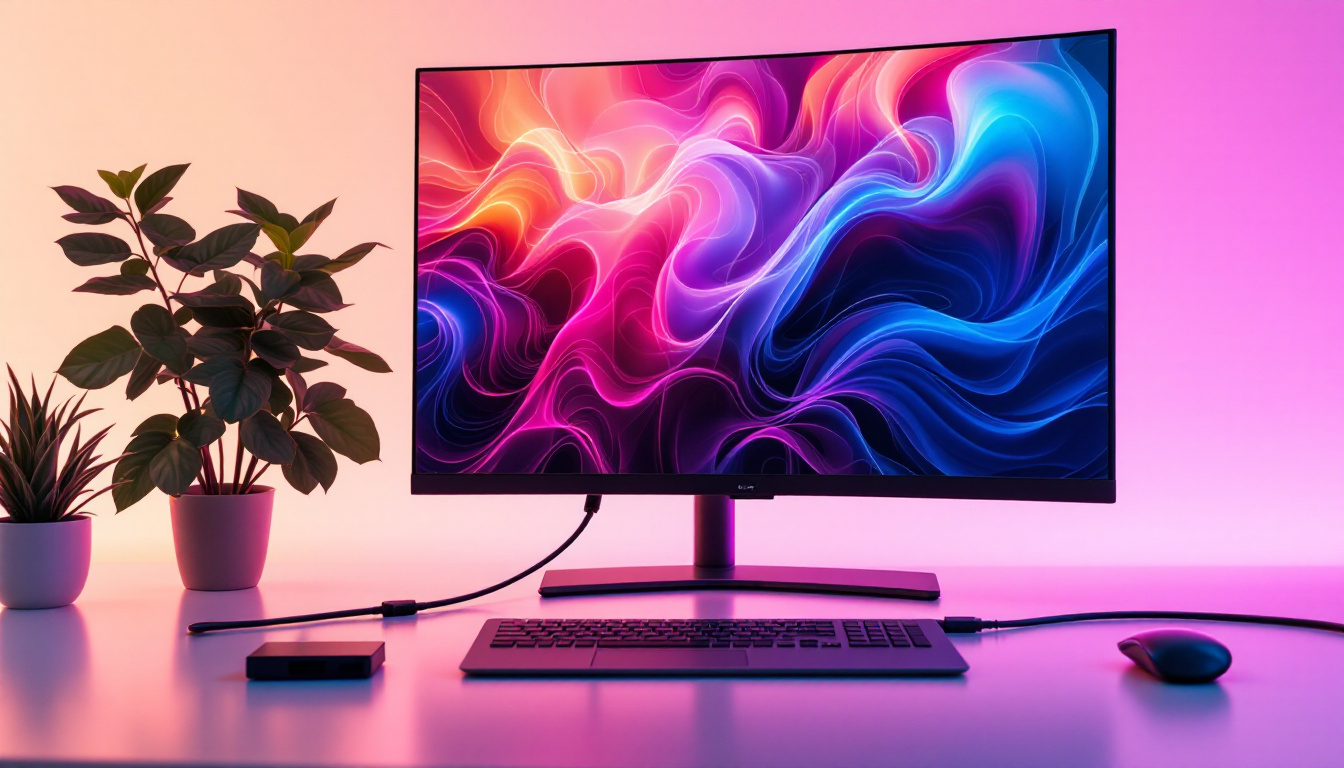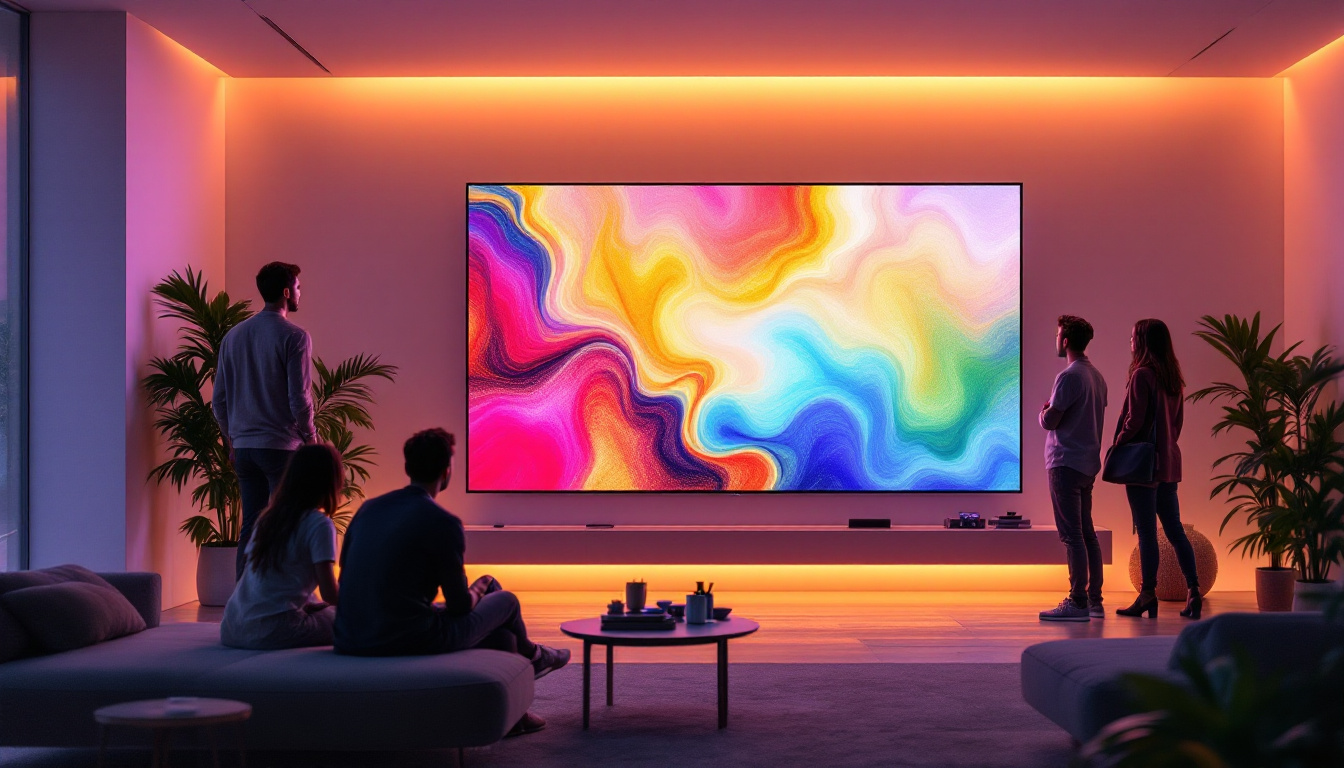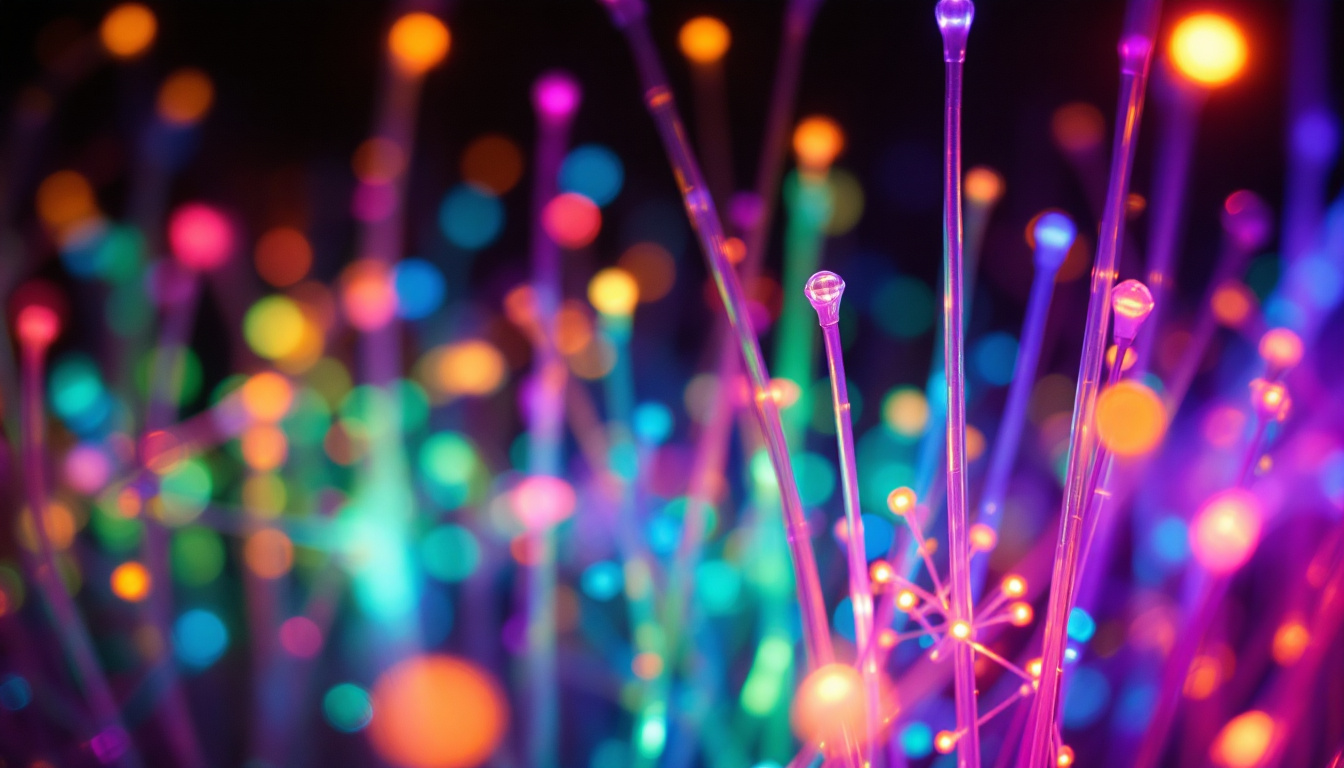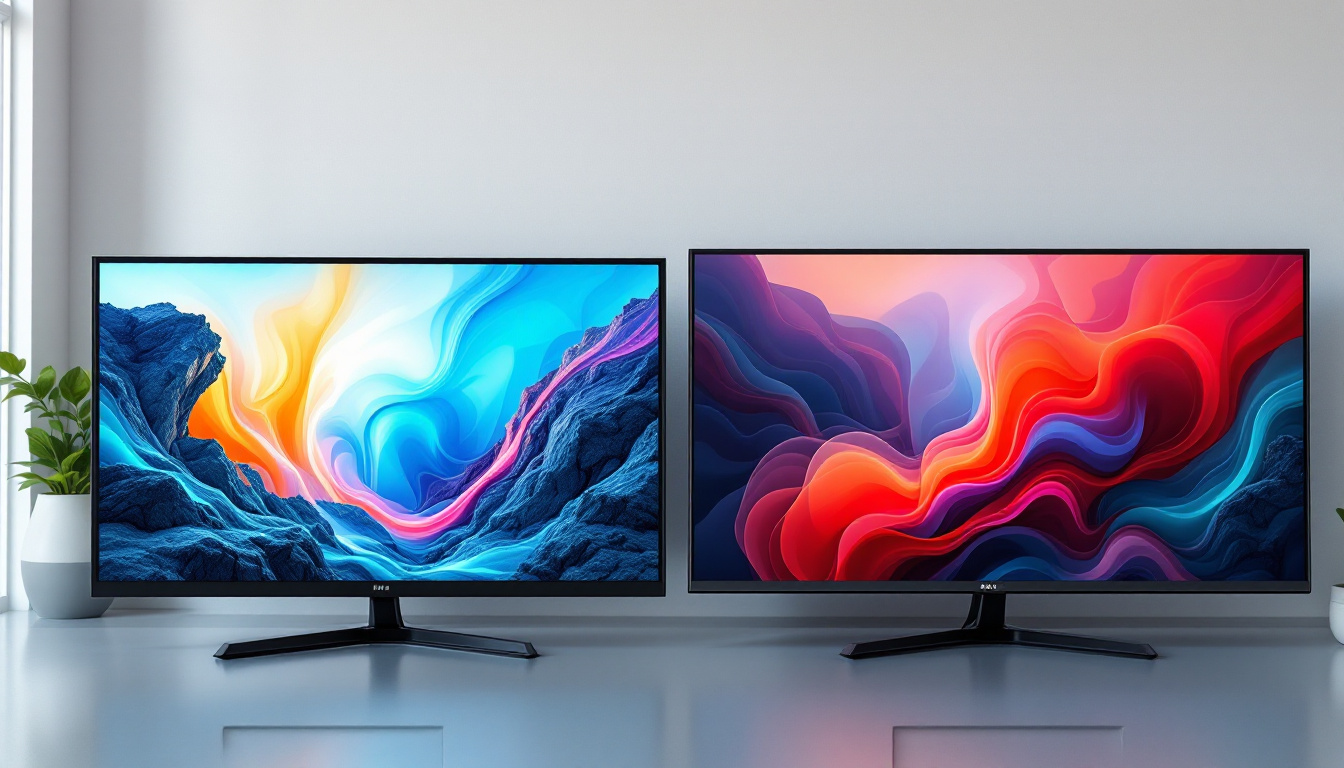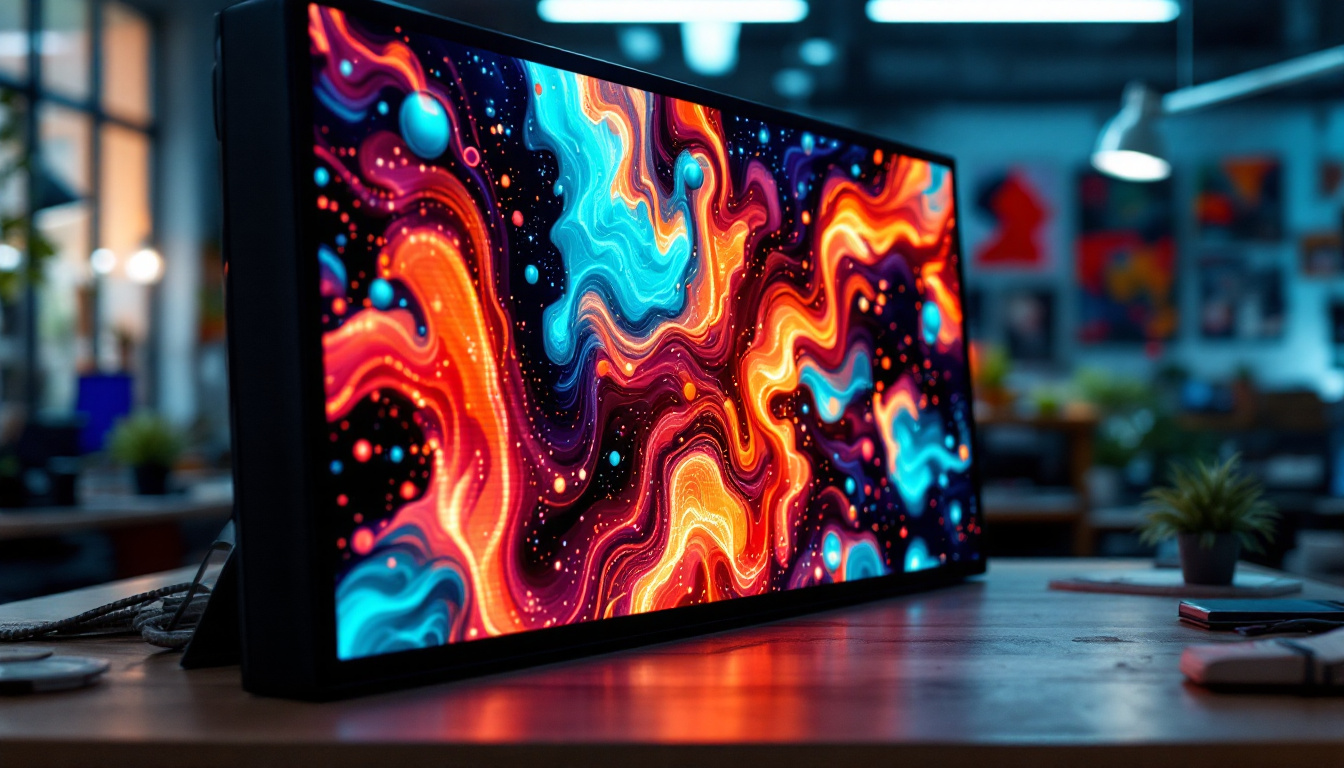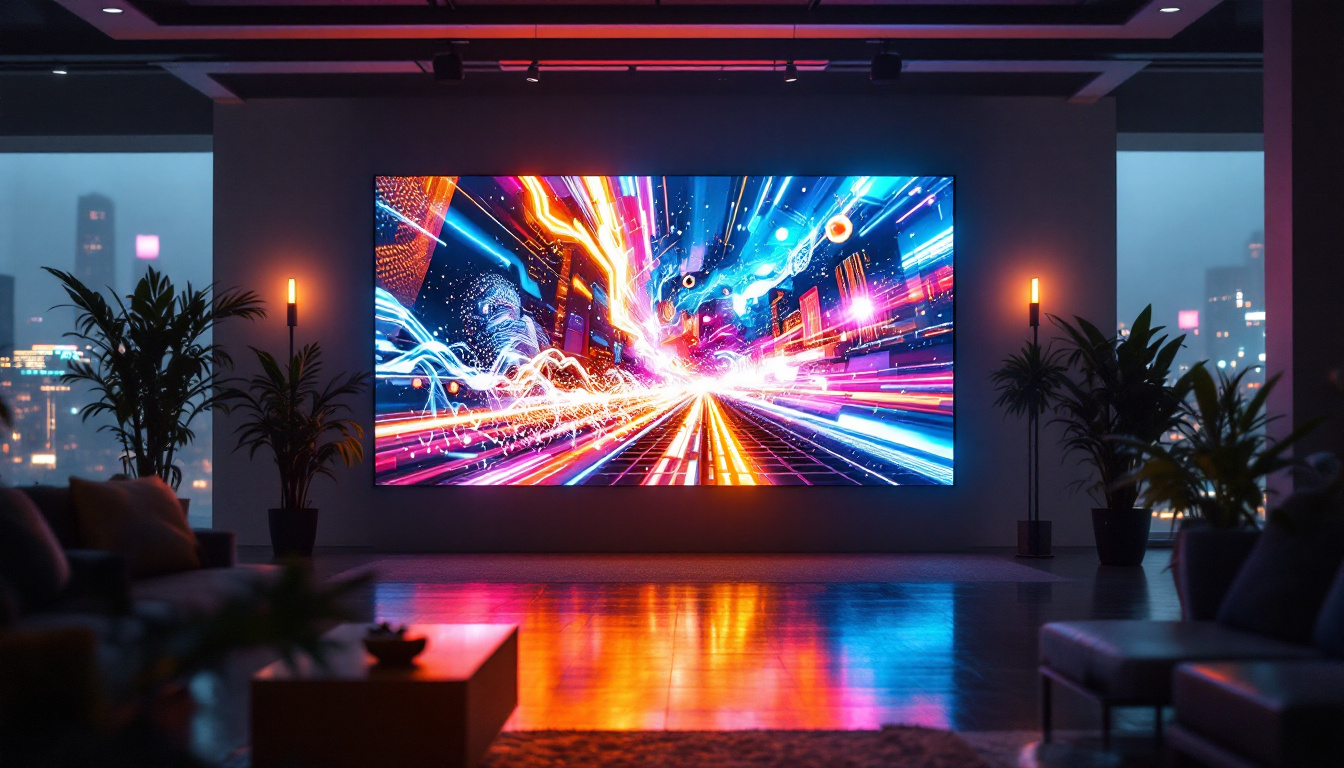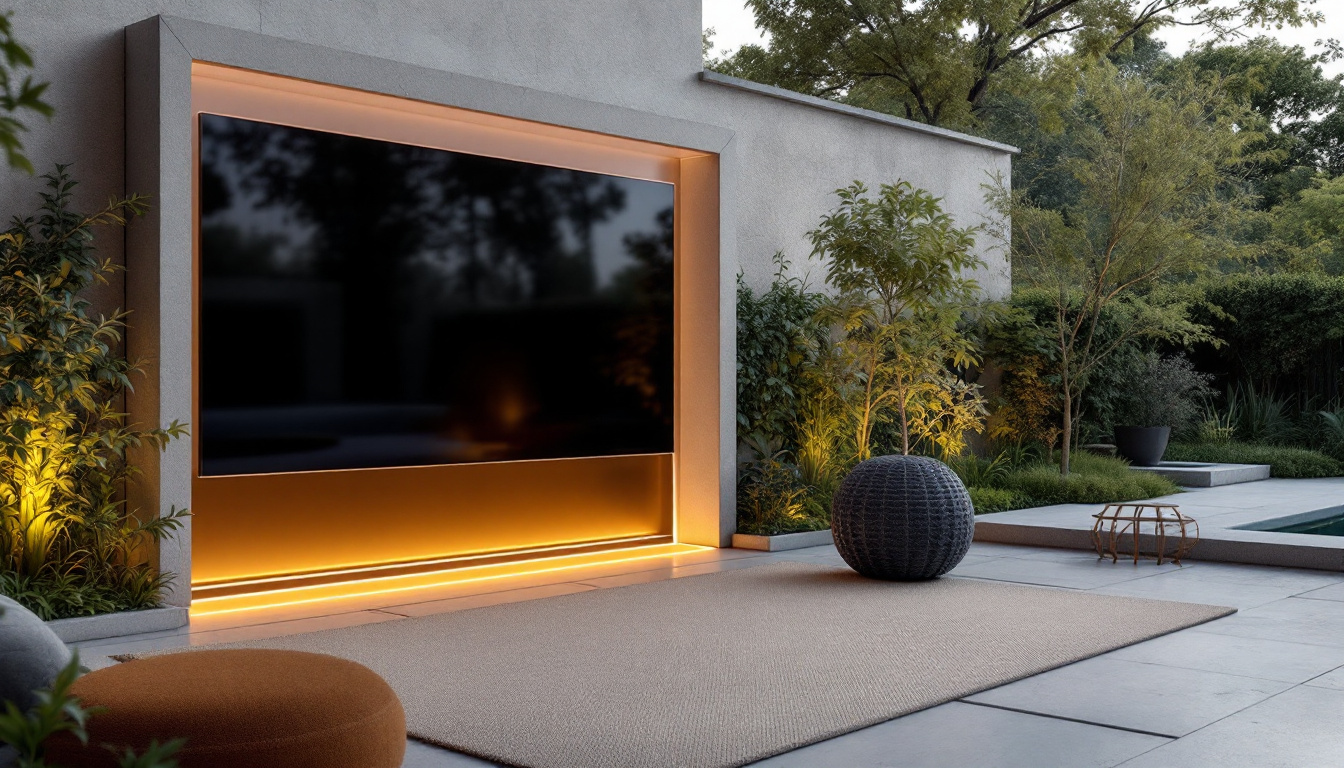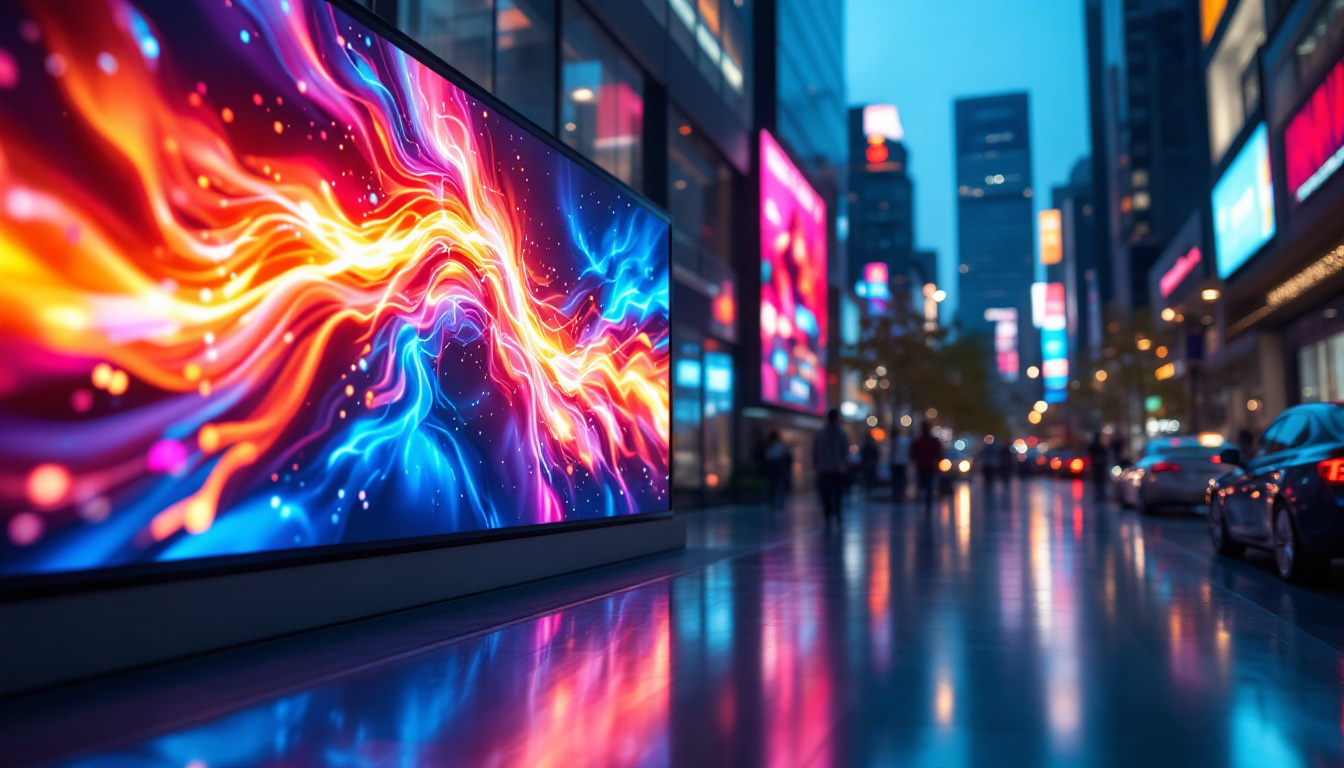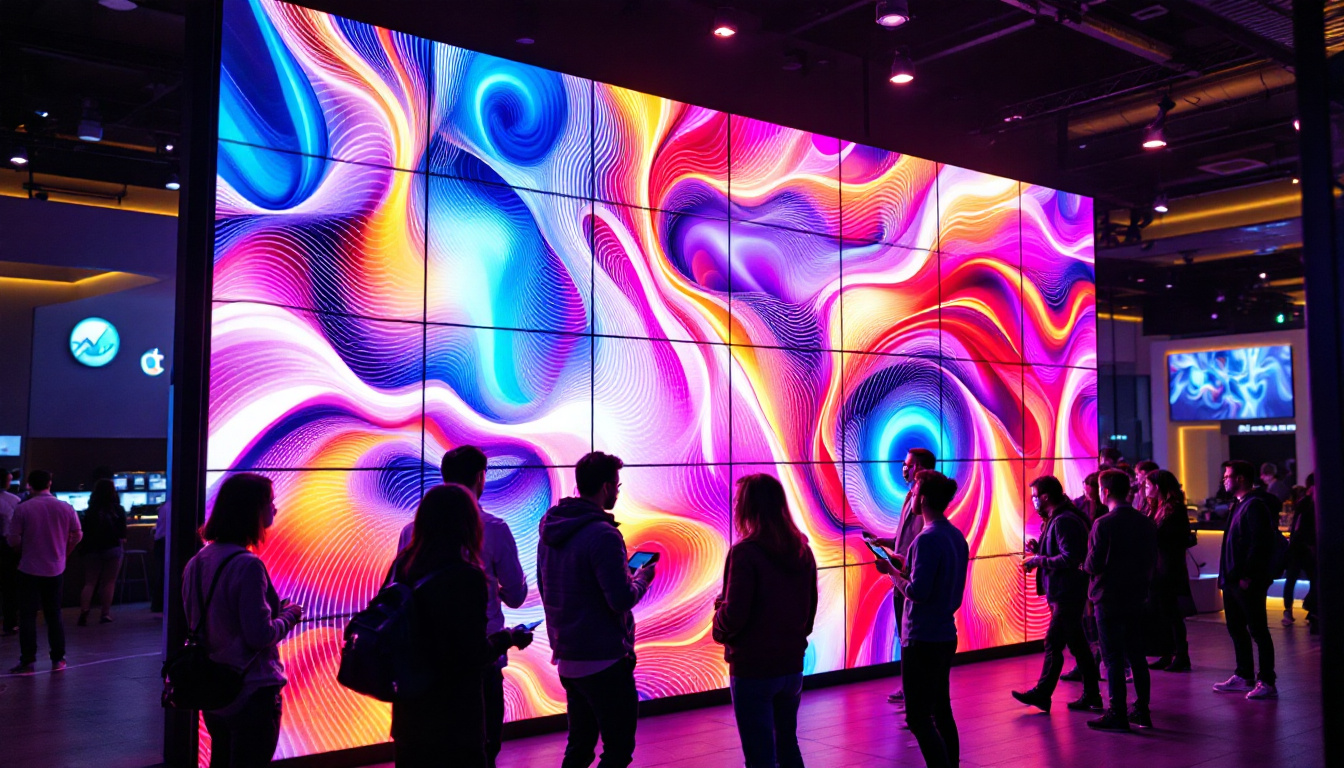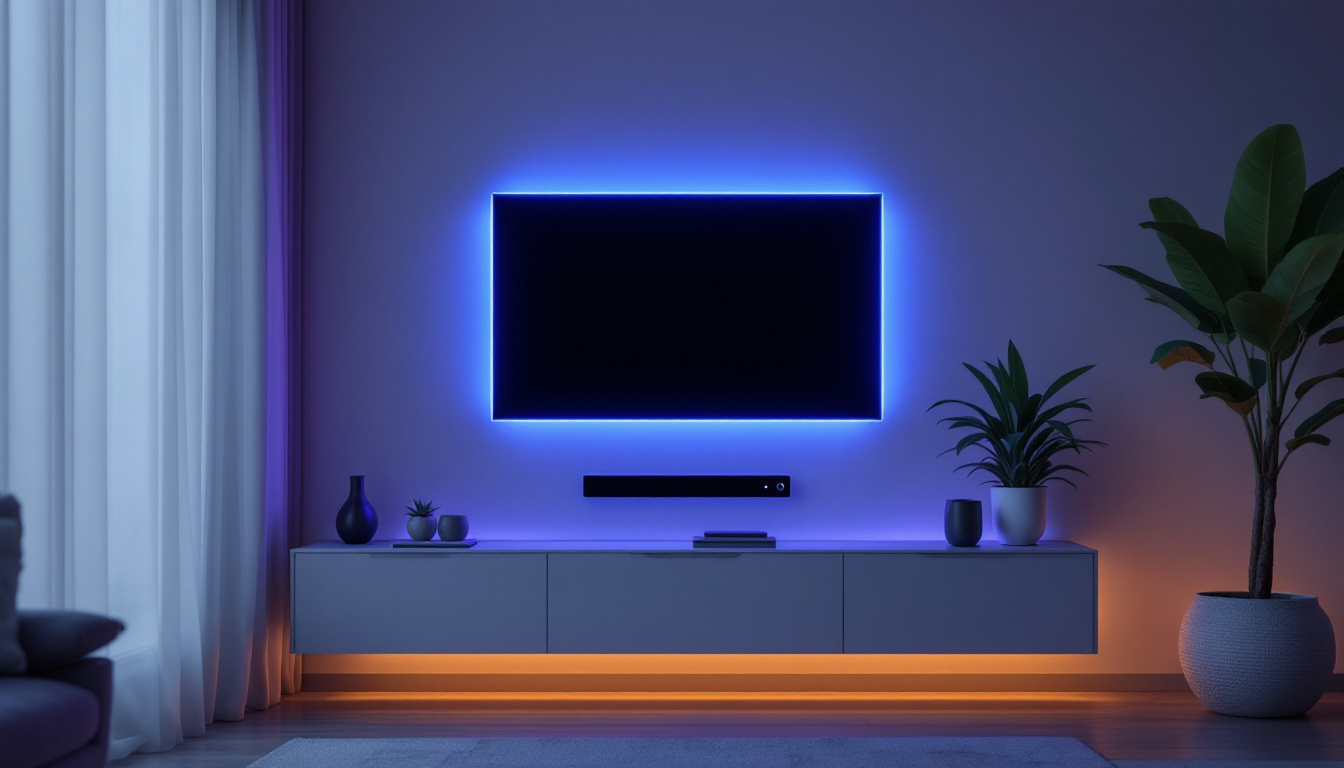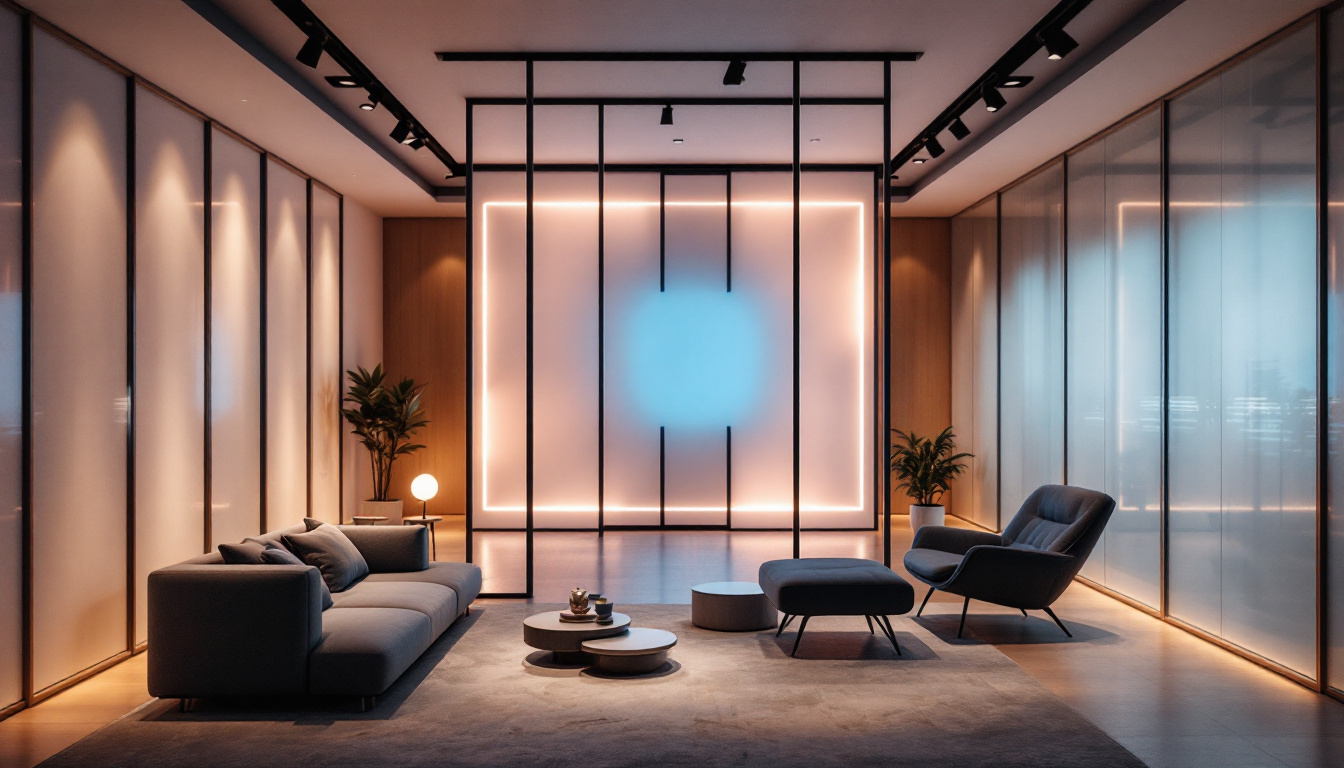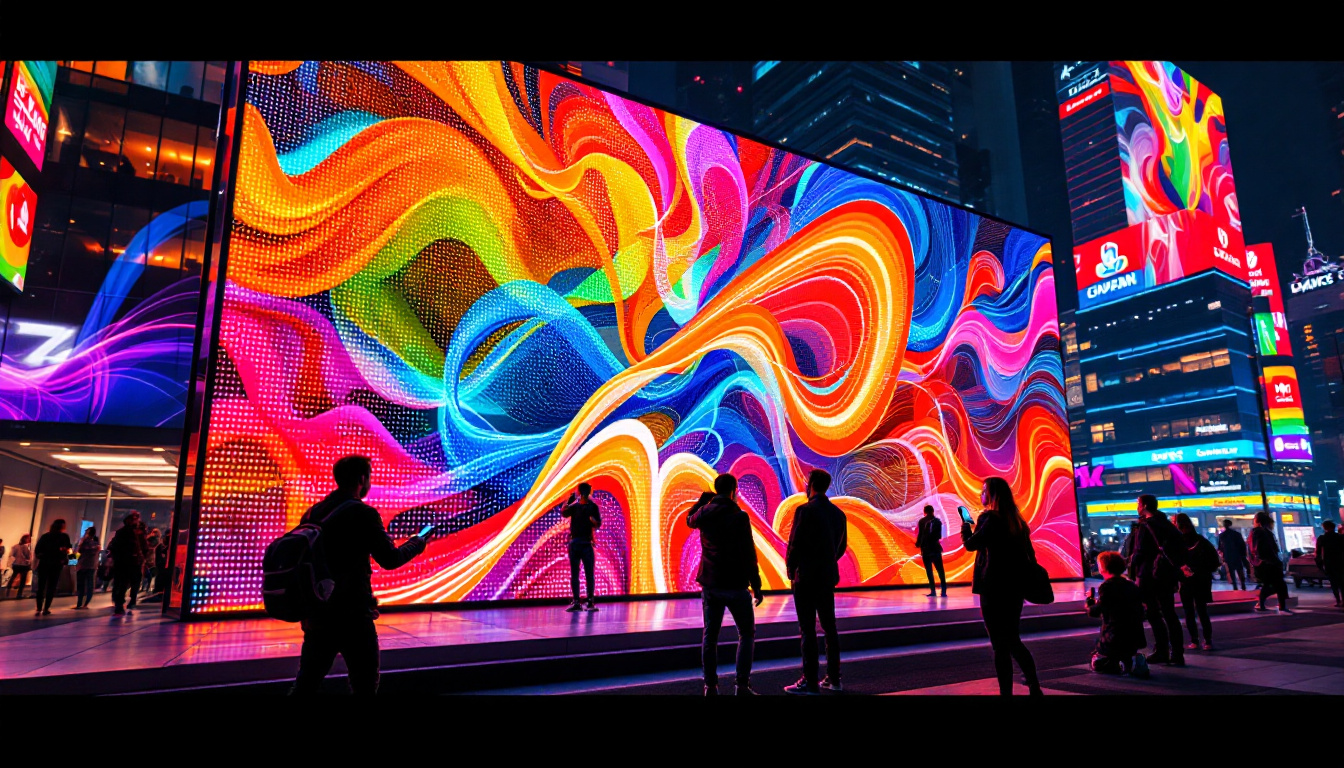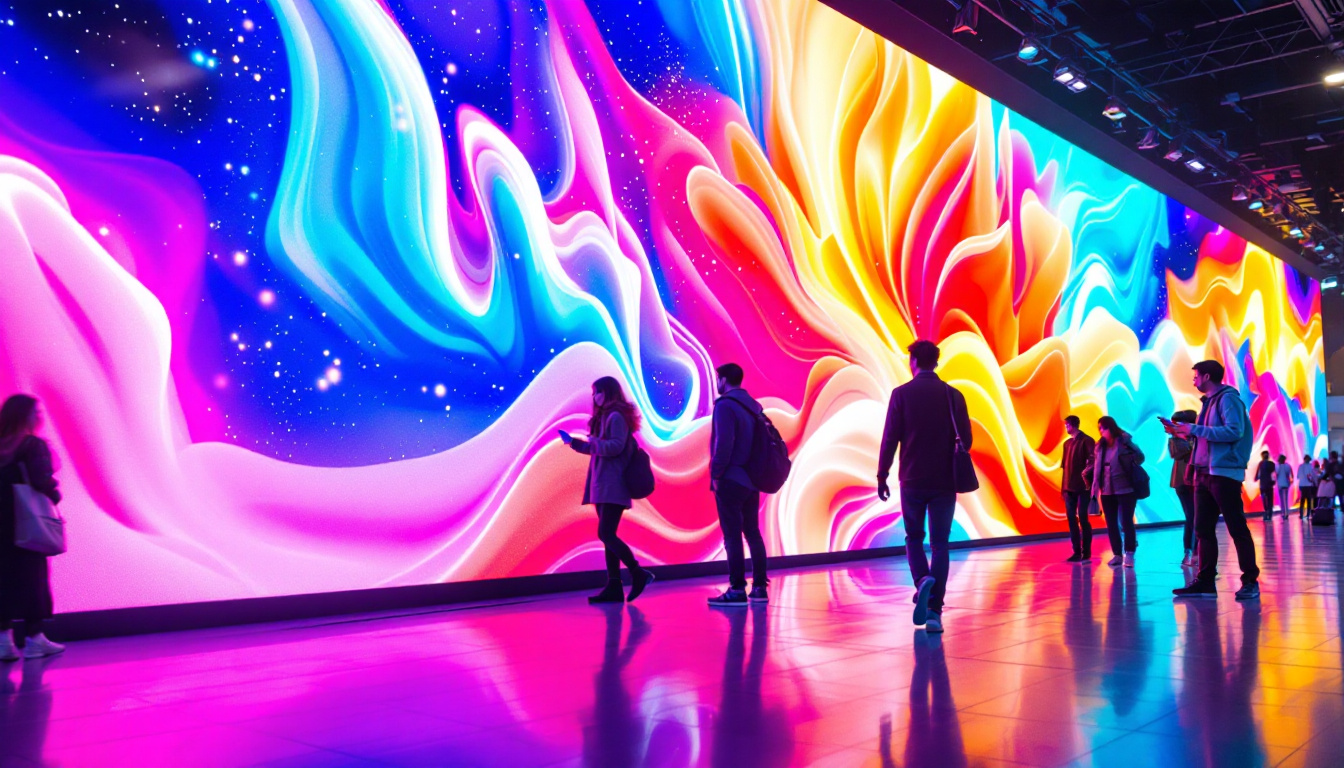The world of visual technology has seen remarkable advancements over the years, particularly in the realm of display technology. Among the most prominent innovations is the LED display, which has transformed how content is presented across various platforms. This article delves into the intricacies of LED displays, focusing on their unique characteristics, applications, and the all-black experience they can offer.
Understanding LED Technology
Light Emitting Diodes (LEDs) are semiconductor devices that emit light when an electric current passes through them. This technology has become the backbone of modern display systems due to its efficiency, brightness, and versatility. Unlike traditional displays that rely on backlighting, LED displays utilize individual pixels that can be turned on or off, allowing for deeper blacks and a more vibrant color palette. The energy efficiency of LEDs also means they consume significantly less power than their incandescent or fluorescent counterparts, making them an environmentally friendly choice that reduces electricity costs over time.
How LED Displays Work
At the core of LED technology is the concept of pixel control. Each pixel in an LED display is made up of red, green, and blue (RGB) sub-pixels. By adjusting the intensity of each sub-pixel, a wide range of colors can be produced. This capability allows for high contrast ratios, which are essential for creating an immersive viewing experience. Furthermore, the rapid response time of LEDs means that they can display fast-moving images without motion blur, making them ideal for sports broadcasts and action-packed films.
Moreover, the ability to turn off individual pixels results in true black levels. This characteristic is particularly beneficial in dark scenes, where traditional displays may struggle to achieve the same depth. The all-black experience is not merely a visual effect; it enhances the overall aesthetic and emotional impact of the content being displayed. Additionally, the longevity of LED technology contributes to its appeal, as these lights can last tens of thousands of hours, reducing the need for frequent replacements and maintenance.
Types of LED Displays
There are several types of LED displays, each designed for specific applications. The most common types include:
- Direct View LED: These displays consist of individual LED modules that are assembled to form a larger screen. They are often used in outdoor advertising and large venues due to their brightness and visibility in various lighting conditions. Their modular design allows for easy customization in size and shape, making them a popular choice for creative installations and event staging.
- LED-backlit LCD: This type combines traditional LCD technology with LED backlighting. While it offers improved contrast compared to standard LCDs, it does not achieve the same level of black depth as direct view LED displays. However, LED-backlit LCDs remain a cost-effective solution for many consumer electronics, providing a good balance between performance and price.
- Organic LED (OLED): OLED technology utilizes organic compounds that emit light when an electric current is applied. OLED displays can achieve even deeper blacks than traditional LEDs, making them ideal for high-end televisions and mobile devices. The flexibility of OLED panels also allows for innovative designs, including curved and foldable screens, paving the way for the next generation of display technology.
The All-Black Experience
The all-black experience refers to the ability of LED displays to render true black levels, which significantly enhances the visual quality of content. This phenomenon is particularly noticeable in cinematic presentations, gaming, and high-definition media.
Impact on Visual Quality
One of the most significant advantages of LED displays is their ability to produce deep blacks. This characteristic is crucial for visual storytelling, as it allows for greater detail in shadowed areas and enhances the overall contrast of the image. In films and video games, where dark scenes are prevalent, the all-black experience can elevate the viewer’s immersion.
Furthermore, the ability to achieve true blacks contributes to a wider dynamic range, enabling brighter highlights to stand out more prominently against dark backgrounds. This dynamic range is essential for creating a more lifelike representation of scenes, making the viewing experience more engaging and realistic.
Applications in Various Industries
The all-black experience provided by LED displays has found applications across various industries. In the entertainment sector, filmmakers and game developers leverage this technology to create visually stunning content that captivates audiences. The ability to display intricate details in dark scenes enhances storytelling and emotional engagement.
In the advertising industry, LED displays are used to create eye-catching visuals that stand out in crowded environments. The vibrant colors and deep blacks draw attention, making them an effective medium for promotional content. Retailers have also adopted LED technology to enhance in-store displays, creating a more immersive shopping experience.
Advantages of LED Displays
LED displays offer numerous advantages over traditional display technologies. These benefits contribute to their widespread adoption across various applications, from home entertainment systems to large-scale outdoor advertising.
Energy Efficiency
One of the standout features of LED technology is its energy efficiency. LED displays consume significantly less power compared to traditional LCD or plasma displays. This efficiency not only reduces operational costs but also minimizes the environmental impact, making LED displays a more sustainable choice for consumers and businesses alike.
Additionally, the longevity of LED technology contributes to its cost-effectiveness. With a lifespan that can exceed 50,000 hours, LED displays require less frequent replacements, further reducing long-term expenses.
Versatility and Flexibility
LED displays can be designed in various shapes and sizes, making them adaptable to different environments and applications. From large outdoor billboards to sleek indoor screens, the versatility of LED technology allows for creative installations that can enhance any space.
This flexibility extends to the content displayed as well. LED displays can easily switch between different types of media, including video, images, and text, allowing for dynamic presentations that can be tailored to specific audiences or events.
Challenges and Considerations
While LED displays offer numerous advantages, they are not without challenges. Understanding these challenges is essential for making informed decisions when selecting display technology for specific applications.
Cost Factors
One of the primary considerations when investing in LED technology is the initial cost. High-quality LED displays can be more expensive than traditional display options. However, it is crucial to consider the long-term benefits, such as energy savings and reduced maintenance costs, which can offset the initial investment over time.
Moreover, the cost of installation and setup can vary significantly depending on the complexity of the project. Businesses should carefully evaluate their needs and budget to ensure a suitable return on investment.
Viewing Angles and Performance
Another challenge associated with LED displays is their viewing angles. While modern LED technology has made significant strides in this area, some displays may still exhibit color shifts or reduced brightness when viewed from extreme angles. This limitation can impact the overall viewing experience, especially in large venues where audience members are seated at various angles.
To mitigate this issue, it is essential to select displays with wide viewing angles and to consider the layout of the installation. Ensuring that the audience has a clear line of sight to the display can enhance the overall experience.
Future Trends in LED Technology
The future of LED technology is promising, with ongoing advancements that are set to revolutionize how displays are utilized across various sectors. Innovations in LED technology are continuously emerging, driven by the demand for higher resolution, better color accuracy, and enhanced performance.
MicroLED Technology
MicroLED is an emerging technology that promises to take the benefits of LED displays to the next level. By utilizing tiny micro-sized LEDs, this technology can achieve even greater pixel density and contrast ratios. MicroLED displays offer the potential for seamless, bezel-less installations, making them ideal for large-scale video walls and immersive environments.
As MicroLED technology matures, it is expected to become a game-changer in the display market, providing consumers with unparalleled visual experiences. The all-black experience will be further enhanced, allowing for even more captivating content presentation.
Integration with Smart Technology
Another trend shaping the future of LED displays is the integration of smart technology. As the Internet of Things (IoT) continues to expand, LED displays are becoming increasingly connected and intelligent. This integration allows for real-time content updates, remote management, and personalized experiences based on audience preferences.
Smart LED displays can adapt to their environment, adjusting brightness and color settings based on ambient light conditions. This capability not only enhances the viewing experience but also contributes to energy savings, making them a more sustainable option for businesses.
Conclusion
LED displays have revolutionized the way content is presented, offering unparalleled visual quality and versatility. The all-black experience provided by these displays enhances the emotional impact of visual media, making it an invaluable tool across various industries.
As technology continues to evolve, LED displays will undoubtedly play a pivotal role in shaping the future of visual communication. With advancements such as MicroLED technology and smart integration on the horizon, the potential for innovation in this field is limitless.
In a world where visual storytelling is paramount, understanding the capabilities and advantages of LED displays is essential for anyone looking to create captivating content that resonates with audiences. The all-black experience is just one of the many facets that make LED technology a powerful medium for expression and engagement.
Discover the All-Black Experience with LumenMatrix
Ready to elevate your visual storytelling with the all-black experience? LumenMatrix is at the forefront of LED display innovation, offering a wide array of solutions designed to bring your content to life. From the immersive Indoor LED Wall Display to the dynamic Outdoor LED Wall Display, and from the versatile Vehicle LED Display to the sleek LED Poster Display, our technology is crafted to captivate and engage. Explore our LED Sports Display, Floor LED Display, Custom LED Display, All-in-One LED Display, and LED Transparent Display to find the perfect fit for your needs. Experience the future of visual communication today and check out LumenMatrix LED Display Solutions to transform your space with clarity and impact.

